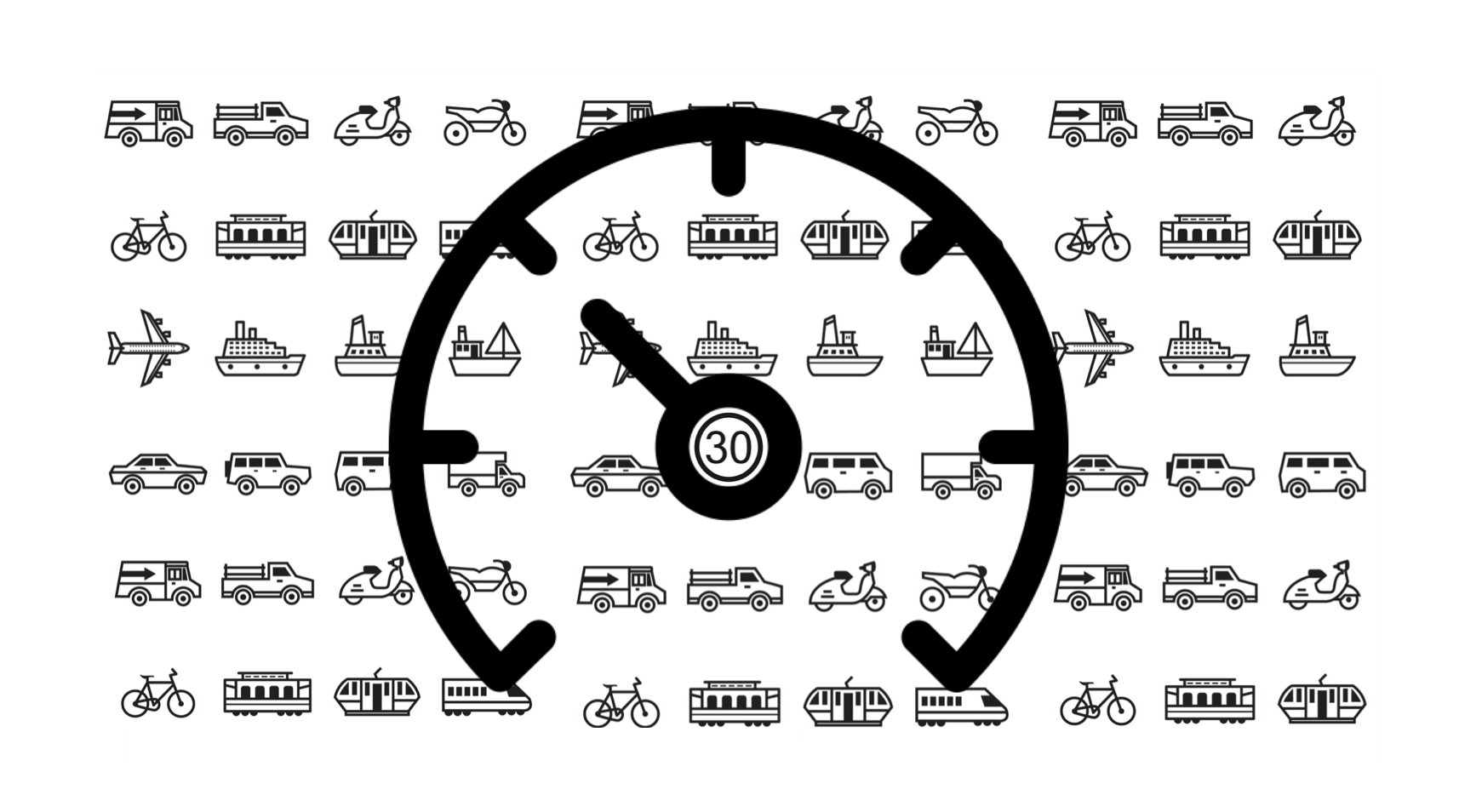
Cyclists and pedestrians are vulnerable road users, as we have known for a long time. Yet many accidents with fatal consequences still happen in the inner cities. Geert Kloppenburg knows this too and posted three videos on social media with a cry for help. He researched the subject, wrote reports, and made lengthy recordings in a number of cities during the morning rush hour.
The footage shows cars and trucks driving at high speed right past school children. Cursing and ranting, Geert expresses his emotions at seeing a number of near misses. His research shows that dangerous situations have often existed and been known for a long time. It regularly appears that the government is still more concerned with motorists than with cyclists and pedestrians.

Nieuwsuur picked up on his cry for help and made an item about it. Many municipalities want a maximum speed of 30 kilometers per hour in more places, but there are legal requirements for this. For example, a 30-kilometer zone must be clearly demarcated by speed bumps, among other things. However, this leads to considerable pressure on the municipal budget, and in many cases clashes with the desire to allow ambulances, firefighters, and police to pass unhindered. It seems sensible to me to give municipalities the freedom to introduce these zones where necessary, without too many legal thresholds.
In addition to the necessary changes to local urban design, technology is also going to help us a bit. The European Union has agreed that all new car types seeking approval will have an Intelligent Speed Assistant from July onwards. This ISA works just like your adaptive speed control: the car will automatically slow down after recognizing a traffic sign at 50 or 30 kilometers per hour, in combination with navigation information.
Unfortunately, it will be a very long time before all cars have this system. After all, the average useful life of a car is almost twenty years. In fact, the problem is even bigger, because this system will only result in 10% to 20% fewer accidents, research shows. Moreover, it is still an assistant: the driver can override the system by pressing the gas or power pedal. It seems sensible to also find out whether, for example, an unrelenting and hard speed limiter can be used in 30-kilometer zones. As, because of several aspects, this somehow resembles a compulsory vaccination, I think we’ll be having a tough discussion about it in the Netherlands.
So to be on the safe side, let’s make all streets near schools and bicycle routes 30-kilometer zones, sensibly divide the street accordingly, park fewer cars, and moreover, start enforcing the rules properly. It may also help to give trucks and vans a less dangerous time slot. These are cheap measures and I think they are going to lead to a good result much faster.
Maarten Steinbuch and Carlo van de Weijer are alternately writing this weekly column, originally published (in Dutch) in FD. Did you like it? There’s more to enjoy: a book with a selection of these columns has just been published by 24U and distributed by Lecturis.
